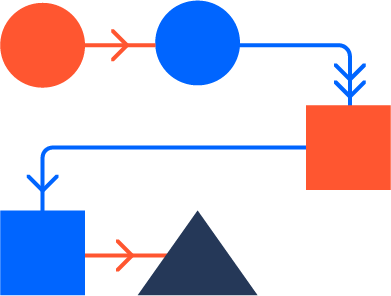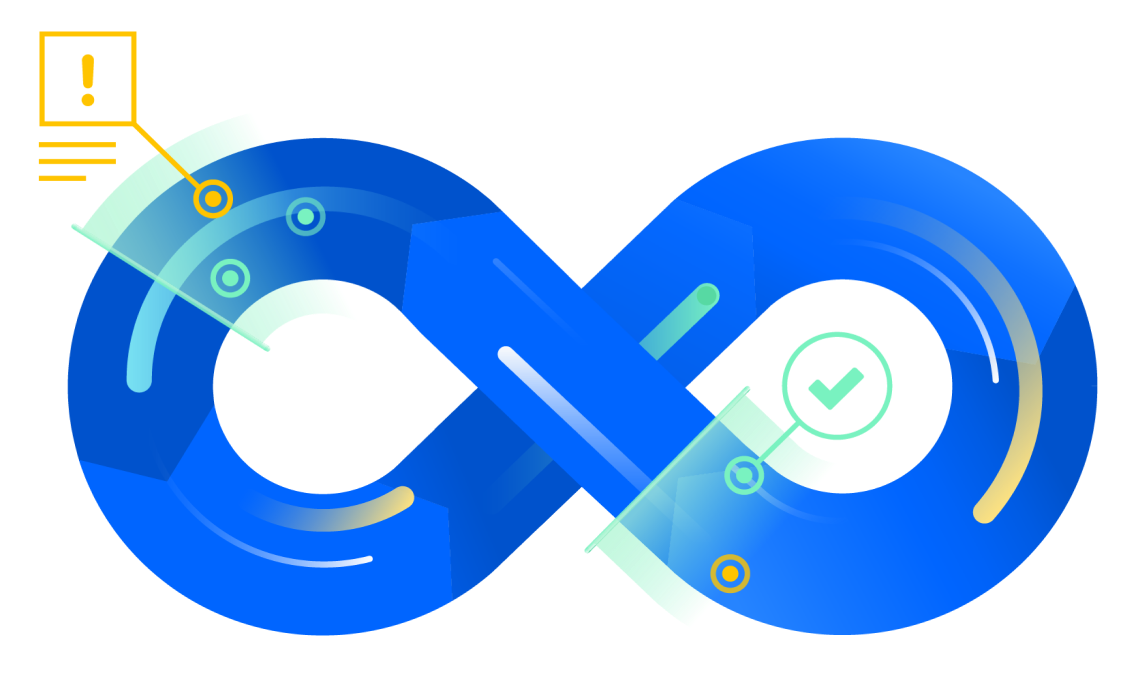
What is software development?
Software development refers to the design, documentation, programming, testing, and ongoing maintenance of a software deliverable. The combination of these steps are used to create a workflow pipeline, a sequence of steps that when followed produce high-quality software deliverables. This pipeline is known as the software development lifecycle.
While there are many nuances, the software development lifecycle generally includes common elements, as noted below.
Steps in the software development lifecycle
Discover
Projects are envisioned, designed, and prioritized. A methodology such as agile helps to guide the work process for the project. Practices like DevOps guide practices during development and operations. Confluence is a great tool to develop product research documents and share design files during this stage.

Build and Test
Development teams work to build production-ready software that meets requirements and feedback. CI/CD pipelines ensure an efficient developer experience. Bitbucket offers collaborative code review tools and CI/CD pipelines that plugin to the code review process.
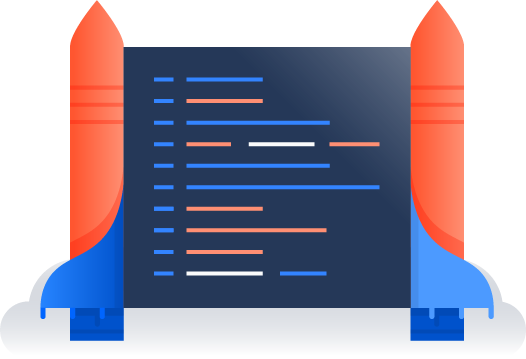
Deploy
With code written, tested, and merged, it’s time to ship it. Bitbucket's CI/CD pipelines make deployments as easy as clicking a button. The live production code will need a place to live. Consider using cloud hosting provided by Amazon AWS, Google Cloud Platform, or Microsoft Azure.

Operate
Support and maintenance are required for active software projects. Jira Service Management provides powerful tools to capture, triage, and resolve customer support requests.

Observe
Incident management is when Development and Operations respond to unplanned events and restore services using reliable methods for prioritizing incidents and getting to resolution fast.
Practices throughout the software development lifecycle
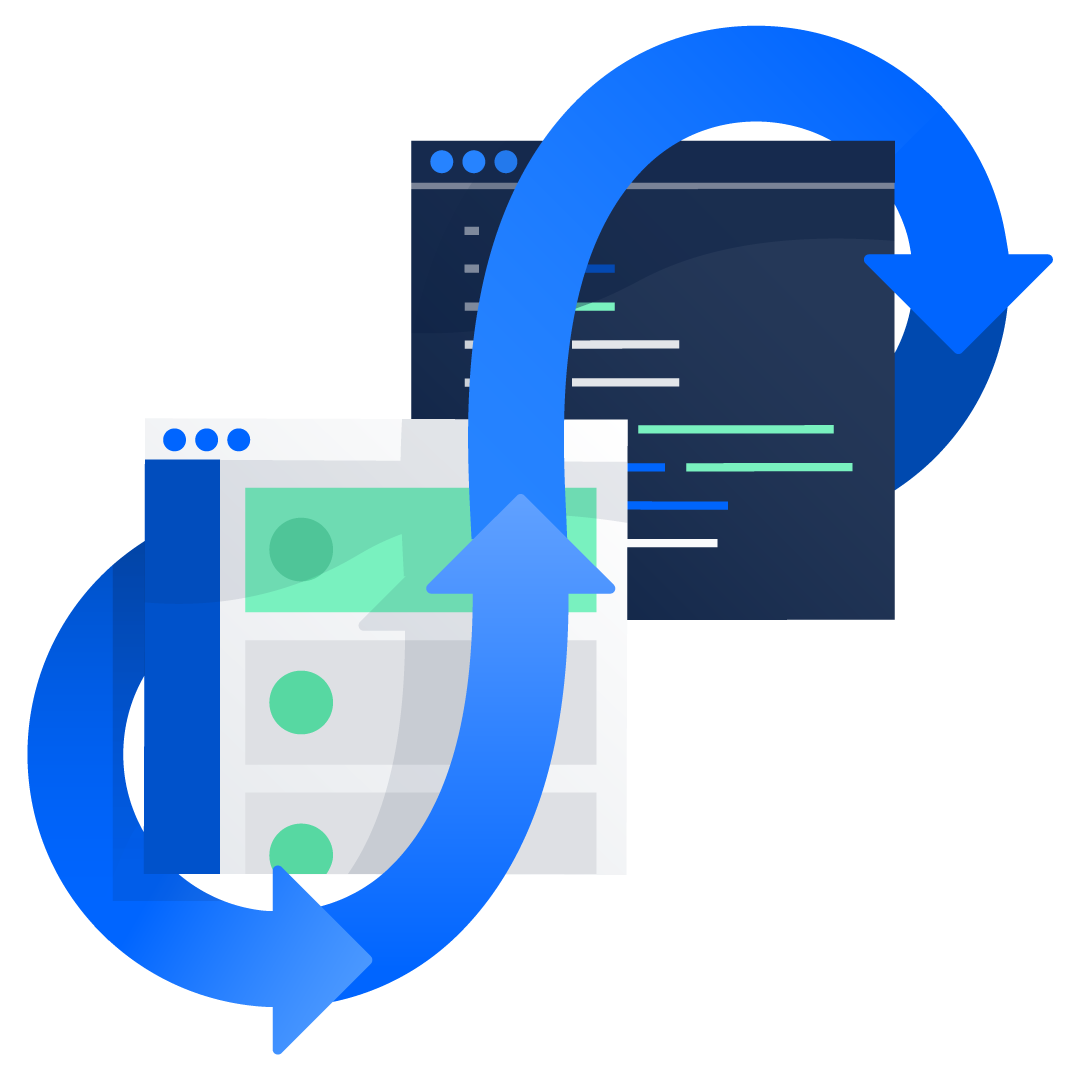
Continuous feedback
Teams should evaluate each release and generate reports to improve future releases, ask for customers to give input about the value and impact of product features, and share business-related outcomes with stakeholders. By gathering continuous feedback, teams can improve their processes, and increase value to customers.
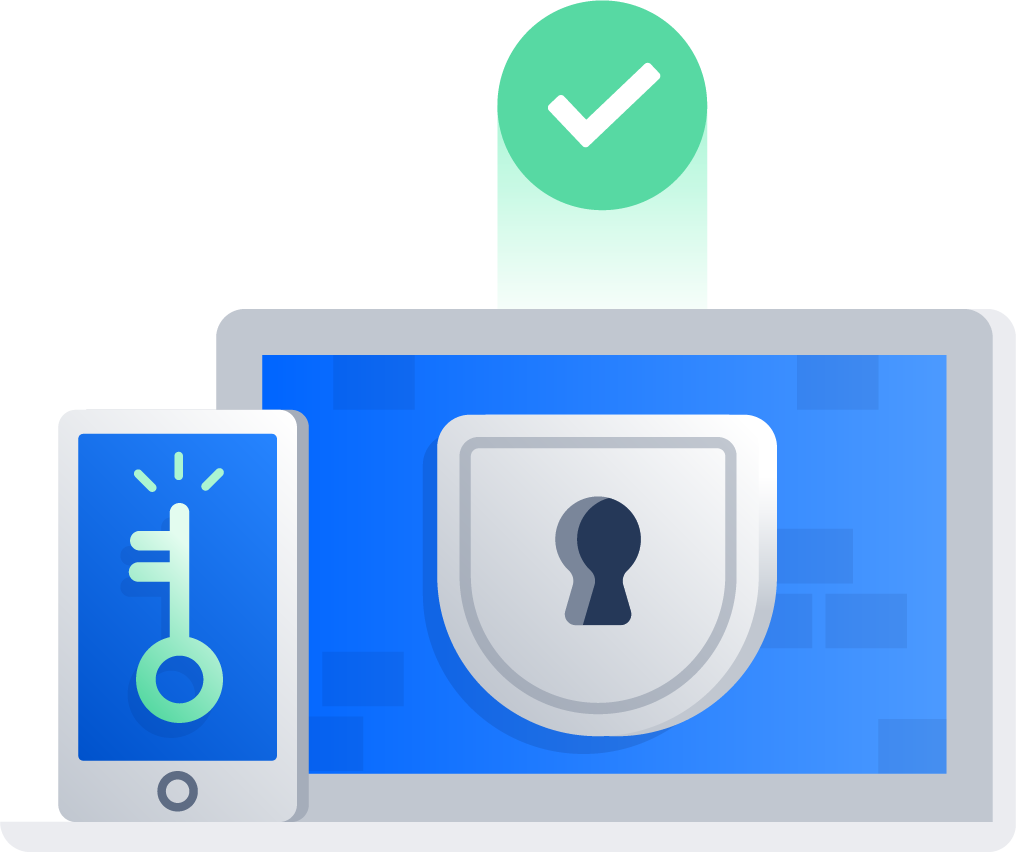
Security
As software applications grow in complexity and scale, traditional Q&A and security that is “bolted on” at the end of a release cycle are no longer enough to keep software safe. Instead, testing should be included throughout the software development lifecycle in order to minimize bugs in software code.
Key features of effective software development
Software development tools
Software development tools can help with every step of the software development lifecycle including guiding agile and DevOps practices, code management, enabling automation through CI/CD, incident response, testing, and more.

Jira
Jira is the #1 software development tool used by agile teams. Jira is a project management tool for agile teams to plan, track, and ship world-class software with confidence.

Bitbucket
Bitbucket is not only Git code management. Bitbucket gives teams one place to plan projects, collaborate on code, test, and deploy.

Compass
Compass is a developer experience platform that helps you navigate your distributed architecture, bringing disconnected information about engineering output and the teams collaborating on them together in a central, searchable location.
